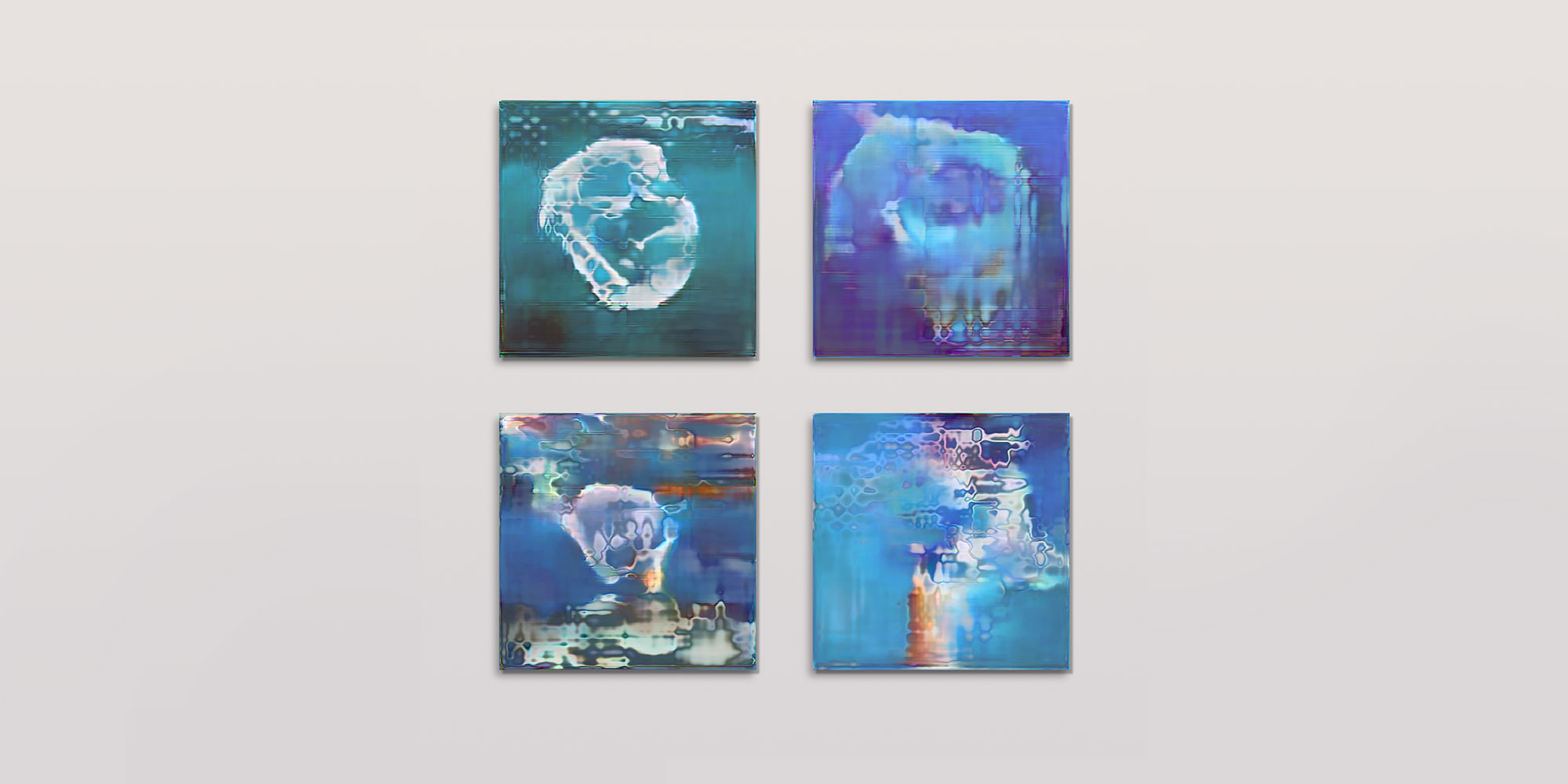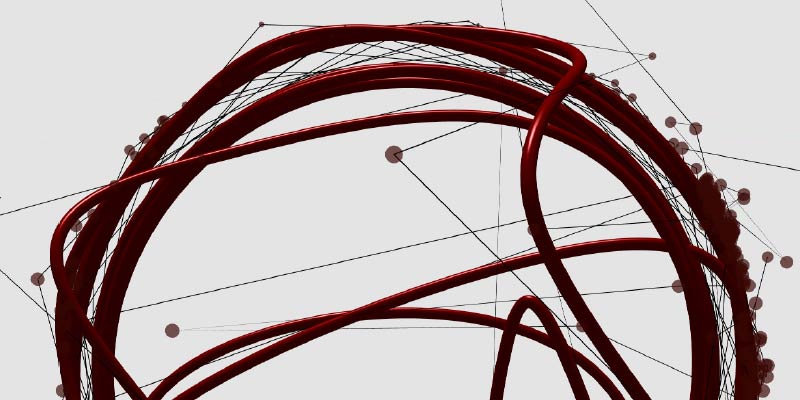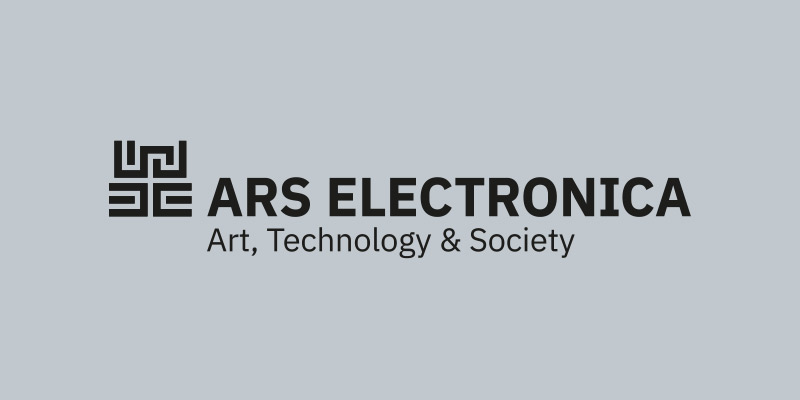The conference discusses the role of technology in creative practices. We aim to underline what kinds of changes, ideas, trends, and methodologies technology has introduced into art and design. We would like to take a closer look at topics like AI and machine learning. What can AI offer to creative communities? And what kind of impact will these computationally expensive processes have on our environment, design and art?
Local experts and practitioners:
- Dr Raivo Kelomees
- Dr Varvara Guljajeva
- Oliver Laas
- Mar Canet
- Dr Andi Hektor
- Jon Karvinen
- Dr Maximilian Schich
Livestream
Exploring Potentials and Risks of AI Technology from a Perspective of Creatives
Dr Varvara Guljajeva
It seems that AI is the ultimate solution, but also the biggest concern nowadays. In the beginning of AI technology development in the late 50s, the field did not reach set goals because the machines were not smart and fast enough. Today, when it is spoken about the third wave of AI and quantum computing, the dream is very close to come true – reaching the human-level of intelligence. However, what kind of consequences could bring these technological achievements?
Starting from the invention of the first computer, artists have always been the catalysts for the development of technology from one hand and offering a critical vision from another.
What is the state of the art of AI today? I am going to explore the new trends in the art world and emerging tools used by creatives. Moreover, the talk points out the devil aspect of AI from the political and ethical point of view and looks into the creative cases that hack the smart algorithms and fight back the system of control.
Creativity Algorithms from Surrealist Techniques to AI
Dr Raivo Kelomees
Creativity is frequently a romantically mystified phenomenon in non-professional literature, but in history there are plenty of attempts to find methods and machines to mechanize the creative process. I explore parallels between traditional creative practices and computerised methods.
AI in art, tech & science: dream/hope/hype/fear?
Dr Andi Hektor
AI is a mythological creature. Sometimes a beautiful dream, sometimes a nightmare. I will show and explain some limits of AI in art, technology and science. In the near future, the development of autonomous vehicles will be a test case of AI in technology. I will discuss the limitations there and draw some parallels in art and science.
Are We Witnessing the Dawn of AI-Artists?
Oliver Laas
From the musical dice games popular in 18th century Europe to the mathematical literary experiments of Oulipo since the 1960s, there is a long history of using creativity aides in the arts. A relatively recent addition to the artist’s creative toolbox, artificial intelligence (AI), raises several questions about authorship, creativity and the nature of art. This paper applies a criterion for evaluating the creativity of recent prominent examples of AI creativity both within as well as outside the arts. After concluding that the evidence for AI creativity is inconclusive at present, it will be suggested that resistance to AI creativity, and the accompanying tendency toward moving the goalposts, is at least partly motivated by intuitions against artificial moral agents.
Latent space – a wonderland to discover
Mar Canet Sola
In the latent space of the AI models that generate sound, image, text or other content are hidden all possibilities that can be used for creative purposes. The research explores novel methods to understand, characterise and navigate the latent space of cultural forms of meaning in the latest developments and products of machine learning – with an emphasis on Deep Learning. The presentation explores how Interactive art systems can be used to create meaningful and novel ways to navigate the latent space.
AI and Garfield: the Future of Creativity
Jon Karvinen
Creativity is an aspect of culture that is explored by machine learning more and more. In my presentation, I will be discussing the possibilities of AI in studying and thus understanding comics and to understand their value in the art world. I will discuss how AI can have the means to be a viable tool: how it could have the tools to teach us about creativity and how AI could be used in analysis as networks, machine learning and algorithms are becoming more common in life. My presentation focuses on comics; exploring and discussing the steps of how analysing AI-generated visual narratives could bring out more from the study of comics and visual art and vice versa. For this, I analyzed the current direction of the comics scholarship by focusing on the most elementary of comic strips. Here comes Garfield.
Biographies
Dr Varvara Guljajeva is an artist and researcher. She holds a position of researcher at the Estonian Academy of Arts, and also at the ELISAVA Barcelona School of Design and Engineering. Varvara has been invited as a visiting researcher to XRL, Hong Kong City University, IAMAS (Ogaki, Japan), LJMU (Liverpool, UK), Interface Cultures in the Linz University of Art and Design, and Blekinge Institute of Technology (Karlshamn, Sweden).
As an artist she works together with Mar Canet forming an artist duo Varvara & Mar. In their practice art meets technology, and technology an artistic concept. The duo has been exhibiting in international shows since 2009. Their works have been shown at MAD in New York, FACT in Liverpool, Santa Monica in Barcelona, Barbican in London, Onassis Cultural Centre in Athens, Ars Electronica museum in Linz, ZKM in Karlsruhe, and more. http://www.var-mar.info
Raivo Kelomees, PhD (art history), artist, critic and new media researcher. Presently working as senior researcher at the Estonian Academy of Arts, Tallinn. He studied psychology, art history, and design at Tartu University and the Academy of Arts in Tallinn. He has published articles in the main Estonian cultural and art magazines and newspapers since 1985. His works include the book “Surrealism” (Kunst Publishers, 1993) and an article collection “Screen as a Membrane” (Tartu Art College proceedings, 2007), “Social Games in Art Space” (EAA, 2013). His Doctoral thesis was “Postmateriality in Art. Indeterministic Art Practices and Non-Material Art” (Dissertationes Academiae Artium Estoniae 3, 2009).
In recent years he has been participating in conferences dedicated to new media, digital humanities, theatre and visual art in São Paulo, Manizales, Plymouth, Krems, Riga, Shanghai, Göteborg, Hong Kong, Dubai and other places. http://www.kelomees.net
Andi Hektor is a senior researcher working in astro-particle physics and cosmology at KBFI, Tallinn. He has worked at the Tartu, Uppsala, Helsinki and Cambridge University and at CERN in Geneva, Switzerland. He is a co-owner and a member of the boards of the companies GScan OÜ and Nosob OÜ. He is an active science communicator and a founder of the Estonian Chamber of Science. He is an enthusiast of hydrogen and nuclear energetics.
Oliver Laas is an artist, cultural theorist and philosopher whose research interests include metaphysics, logic, philosophy of technology, and semiotics. He currently works as assistant professor and junior researcher at the Estonian Academy of Arts, visiting lecturer in philosophy at Tallinn University and the Estonian Business School, and visiting lecturer on the video game industry at the Estonian Entrepreneurship University of Applied Sciences. His artworks have been exhibited in the Impact International Printmaking Conference and the Tallinn Print Triennial. His recent publications include “Coordination Games and Disagreement” (in Controversies in the Modern World, eds. A. Fabris & G. Scarafile, 2019), “Instrumental Play” (in Jahrbuch Technikphilosohie: Arbeit und Spiel, eds. A. Friedrich, P. Gehring, C. Hubig, A. Kaminski & A. Nordmann, 2018), and “Questioning the Virtual Friendship Debate: Fuzzy Analogical Arguments from Classification and Definition” (Argumentation 32(1)).
Mar Canet Solà is an artist and researcher. He has two degrees: in art and design from ESDI in Barcelona and in computer game development from University Central Lancashire in the UK. Mar has gained a master’s degree from Interface Cultures at the University of Art and Design Linz. He is Phd candidate in the Cudan research group in BFM Tallinn university. He is a course instructor of the “Data visualization”course at MA of data science in Open University of Catalonia (UOC). Mar has been invited as a visiting researcher to XRL, Hong Kong City University, IAMAS (Ogaki, Japan), Blekinge Institute of Technology (Karlshamn, Sweden).
As an artist he works together with Varvara Guljajeva forming an artist duo Varvara & Mar. Often duo’s work is inspired by the information age. In their practice they confront social changes and impact of the technological era. In addition to that, Mar is fascinated by AI/ML, kinetics, participation, and digital fabrication, which are integral parts of her work.
The duo has been exhibiting in international shows since 2009. Their works have been shown at MAD in New York, FACT in Liverpool, Santa Monica in Barcelona, Barbican in London, Onassis Cultural Centre in Athens, Ars Electronica museum in Linz, ZKM in Karlsruhe, and more. http://var-mar.info/
Jon Karvinen is a recent graduate from Tallinn University, holding a BA in Culture and Arts and MA in Art in Humanities. He works as an illustrator and artist in Finland, focusing on comics and how they are perceived in society.


